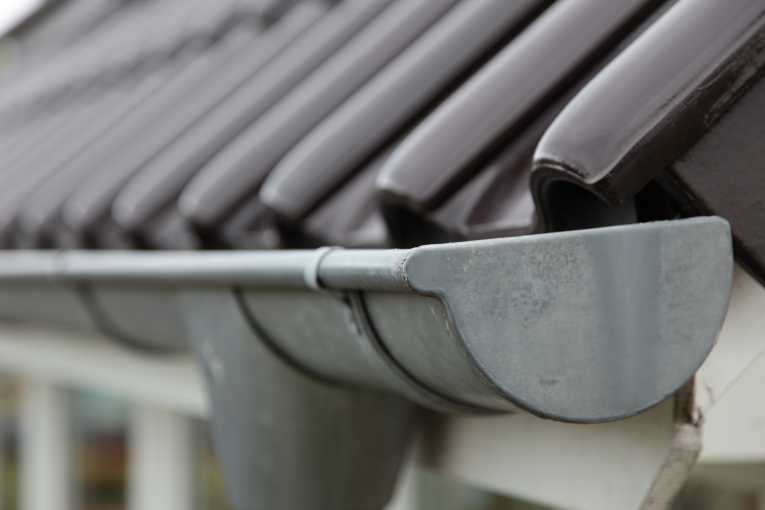Not all roofs are laid down equally, when it comes to making the most of rainwater. That's the conclusion of a joint study, between Cockrell School of Engineering and the Texas Water Development Board (TWDB); this sought to measure up the quality of rainwater harvested from a variety of roof materials. And it's not always the roof materials that you may think to be the most green, that produce the safest and highest quality of waters for domestic use.
The study was prompted by a major increase in calls to the TWDB asking about rainwater harvesting – and what works best in allowing the water to be made potable. The TWDB's rainwater harvesting coordinator, Dr. Sanjeev Kalaswad, put this interest partly down central Texas becoming increasingly water-stressed. ''There's interest born out of necessity because people are simply running out of water in rural areas or they're interested in conserving water supplies and it's good for the environment,'' he said.
To help answer their customers' questions, they bought in Mary Jo Kirisits, an Environmental engineering Assistant Professor from the University of Texas. Together with her students, they conducted an in-depth study of a variety of roofing materials, including aluminum-coated steel sheets, asphalt fiberglass shingle, concrete tile, as well as cool and green roofs.
The water collected for each roof type was tested for a range of possible pollutants - including nitrates and nitrites, dissolved organic carbon, metals, and the diversity of microbial communities. It was the dissolved organic carbon (DOC) in the collected water which threw up the biggest surprise.
This is harmless, in-and-of-itself. But when chlorine is added, which is often used to purify such water, any DOC can combine with the chlorine to make potentially hazardous carcinogenic chemicals. Rainwater from asphalt fiberglass shingle roofs was found to be high in DOC - but, perhaps surprisingly, so too were 'green' roofs. This means that care needs to be taken by those who have such roofs installed, and would like to be able to drink water harvested from them.
The good news is that green roofs did have much lower levels of turbidity and dissolved metals, but the findings do reinforce advice coming from the EPA. If you are collecting water from your roof, and want it use not just on your garden, but in the home, it needs to be treated properly - and the EPA does publish guidelines to aid those who want to shrink their water footprint by rainwater reuse.










